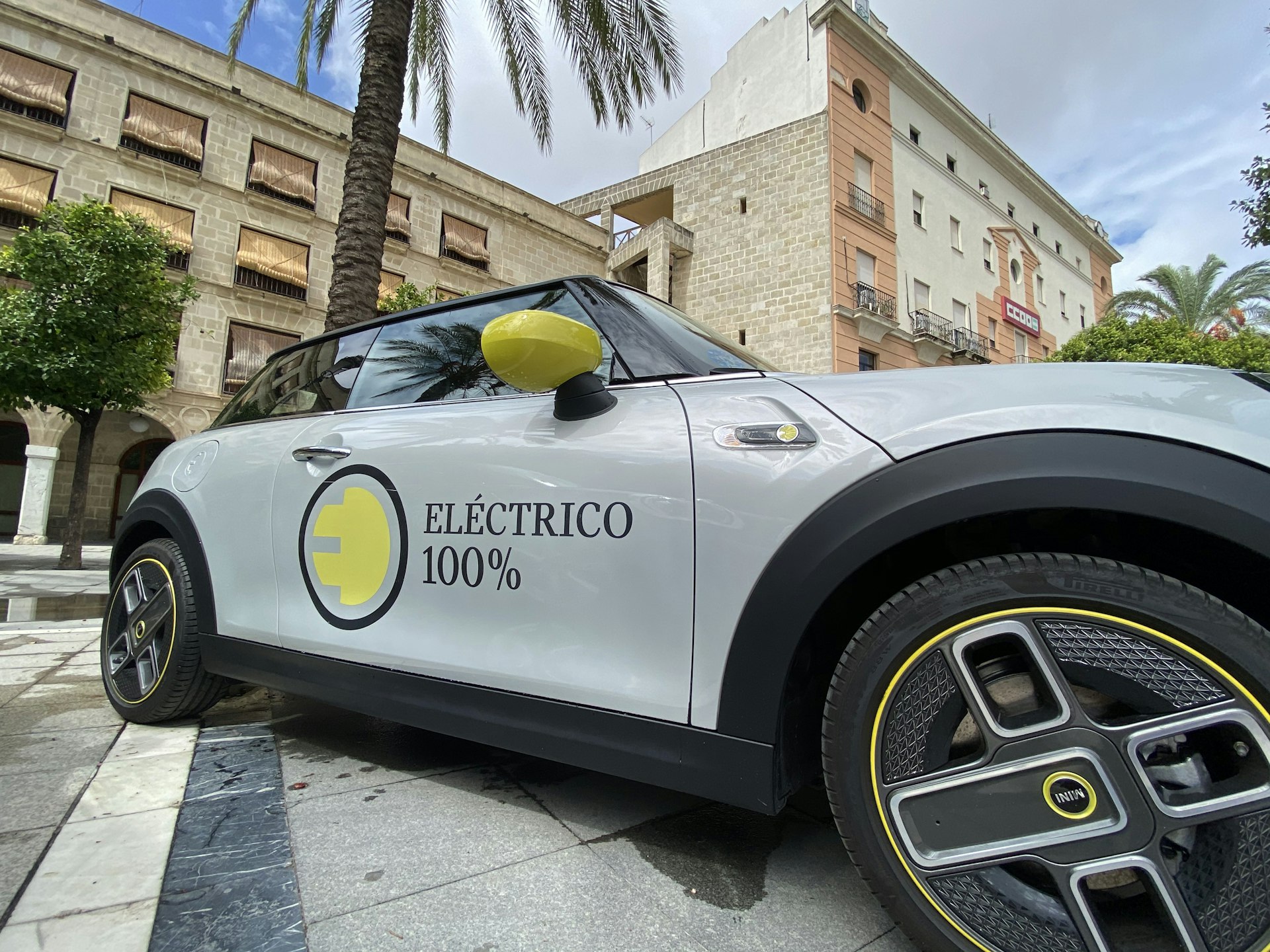How Self-Healing Materials Are Transforming the Automotive Industry

Photo by Eugene Chystiakov on Unsplash
Introduction
The automotive industry is undergoing a significant transformation as self-healing materials emerge as a disruptive innovation. These advanced substances, inspired by biological healing processes, are engineered to autonomously repair damage such as scratches, cracks, or punctures. The integration of self-healing materials into vehicles has the potential to enhance durability, reduce maintenance, and deliver new levels of sustainability in automotive design. This article provides a comprehensive exploration of the impact of self-healing materials in the automotive sector, with actionable guidance for accessing, evaluating, and implementing these technologies.
What Are Self-Healing Materials?
Self-healing materials are a class of synthetic substances designed to restore their structural integrity after experiencing damage-without the need for human intervention. Drawing inspiration from nature, such as the way skin heals after being cut, these materials utilize embedded microcapsules or vascular networks filled with healing agents. When damage occurs, these agents are released, filling cracks and re-bonding the material. [1] There are two principal technologies currently in use:

Photo by Eugene Chystiakov on Unsplash
- Microcapsule-based systems: Tiny capsules containing a repair agent are dispersed throughout the material. When a crack forms, the capsules rupture, and the healing agent flows into the damaged area to restore the material.
- Microvascular networks: Similar to biological veins, these networks transport healing agents through interconnected channels. Damage triggers the flow of the agent to the affected area, enabling repeated healing cycles. [2]
Applications in the Automotive Industry
Automotive manufacturers are actively exploring multiple applications for self-healing materials, driven by the need for longer-lasting, safer, and more cost-effective vehicles. Some of the most promising current and near-future uses include:
- Exterior Coatings: Self-healing coatings protect car paints from scratches and chips, helping maintain the vehicle’s aesthetics and resale value while reducing the need for frequent touch-ups. [4]
- Tires: Self-healing rubber can automatically seal punctures, reducing the risk of blowouts and extending tire life. This technology is being tested by major tire manufacturers and could soon become a standard safety feature. [3]
- Interior Components: Surfaces such as dashboards, seats, and lenses can utilize self-healing polymers to resist scratches and wear, maintaining a premium appearance over time. [2]
- Structural Parts: Although still in early development, research is underway to create self-healing composites and lightweight chassis materials for enhanced safety and durability. [5]
Benefits for Automotive Stakeholders
The integration of self-healing materials offers tangible advantages for manufacturers, vehicle owners, and the broader automotive ecosystem:
- Reduced Maintenance Costs: Self-healing surfaces minimize the need for repairs, lowering long-term maintenance expenses for both manufacturers and consumers. [1]
- Extended Product Lifespan: By repairing themselves, these materials extend the functional and aesthetic lifespan of vehicles, reducing waste and enhancing sustainability. [4]
- Improved Safety: Self-healing tires and structural components may prevent accidents caused by sudden failures, contributing to road safety. [3]
- Enhanced Consumer Appeal: Vehicles with self-repairing exteriors and interiors offer a premium experience and potential for higher resale value.
- Sustainability: By reducing the frequency of repairs and part replacements, self-healing materials help lower the environmental footprint of automotive manufacturing and ownership. [5]
The Science Behind Self-Healing Materials
The functionality of self-healing materials is grounded in advanced materials science. For instance, self-healing polymers leverage reversible chemical bonds that can break and reform, allowing the material to “heal” without external intervention. Intrinsic self-healing polymers can automatically repair minor damages at room temperature, while extrinsic systems require embedded agents that activate upon damage. [1] The majority of current automotive applications focus on polymers, as developing self-healing metals remains a significant challenge due to their atomic structure.
Recent Developments and Commercialization
While some applications remain at the conceptual stage, commercial adoption is accelerating. High-end brands have demonstrated self-healing paint and tire concepts, and some vehicles on the market now feature scratch-resistant coatings. According to a recent industry report, the global self-healing materials market is projected to surpass $24.9 billion by 2034, with automotive as a key driver. [4] However, scalability and cost remain significant hurdles.
Challenges and Limitations
Despite the promise, several obstacles must be addressed before self-healing materials become mainstream:
- Cost and Scalability: Current production methods for self-healing materials can be expensive, making them viable primarily for luxury or high-performance vehicles. [5]
- Customization: Different vehicle components require materials with unique properties. Adapting self-healing technologies for diverse applications adds complexity. [2]
- Durability and Repeatability: Some self-healing systems (such as microcapsule-based) can only heal once, limiting their usefulness for parts subjected to repeated damage. [1]
- Material Limitations: Most research has focused on polymers, as metals are more challenging to engineer for self-healing properties.
How to Access and Implement Self-Healing Materials
For automotive manufacturers, suppliers, and innovators seeking to leverage self-healing materials, the following steps can help guide adoption and integration:
- Stay Informed: Regularly review industry publications, reports, and conferences for the latest advancements in self-healing materials. Sources such as IDTechEx and Precedence Research provide market analysis and technology updates. [3] [4]
- Evaluate Suppliers: Seek out established material science companies and automotive suppliers that offer self-healing coatings, polymers, or tire compounds. Request technical datasheets and case studies to assess performance.
- Prototype and Test: Collaborate with research institutions or internal R&D teams to prototype self-healing components and conduct rigorous testing for durability, lifecycle, and safety.
- Engage in Pilot Projects: Begin with limited-scale pilots or specialty models to evaluate consumer response and real-world performance.
- Monitor Regulatory Developments: Stay updated on evolving safety and materials regulations affecting the use of new substances in vehicles.
- Alternative Pathways: If direct sourcing is not feasible, you can explore partnerships with universities or technology incubators specializing in advanced materials. Automotive engineering forums and industry associations may also provide contacts and references.
If you are a vehicle owner interested in self-healing technologies, inquire with your dealership or preferred service center about available protective coatings or upcoming models that feature these materials. You can also search for “self-healing automotive coatings” or “self-healing tires” on reputable manufacturer websites or automotive innovation portals.
Case Studies and Real-World Examples
Several automotive companies and suppliers have announced or demonstrated self-healing products:
- Paint Protection: Nissan developed a self-healing clear coat for select models, capable of repairing minor scratches in a matter of days. While not universally available, such coatings are expected to expand as the technology matures. [1]
- Self-Healing Tires: Manufacturers like Goodyear have showcased tire prototypes that can seal small punctures automatically, reducing roadside emergencies. [5]
- Concept Cars: High-performance and luxury brands, such as Lamborghini, have explored self-healing composites for chassis and body panels, hinting at future mass-market use. [5]
Future Outlook
Experts predict that self-healing materials will become increasingly widespread over the next decade, driven by advances in materials science and growing demand for sustainable vehicles. As costs decrease and commercial viability improves, self-healing polymers and coatings could become standard features in both premium and mainstream automotive segments. [3]
Key Takeaways
Self-healing materials represent a significant leap forward for the automotive industry, offering enhanced durability, reduced maintenance, and improved sustainability. While challenges remain, particularly in cost and scalability, ongoing research and industry partnerships are rapidly advancing this field. For those interested in adopting or learning more about these innovations, staying informed through reputable industry sources and engaging with technology providers is essential.
References
- [1] Automotive World (2024). Self-healing materials to shape the cars of the future.
- [2] Stellarix (2024). Self-Healing Materials in the Automobile Industry.
- [3] IDTechEx (2025). Automotive: The Road to Commercialization of Self-Healing Materials.
- [4] Precedence Research (2025). Self-healing Materials Market to Surpass USD 24.90 Bn by 2034.
- [5] Engineer Live (2024). Self-healing materials and the automotive industry.
MORE FROM promospotlight.com













